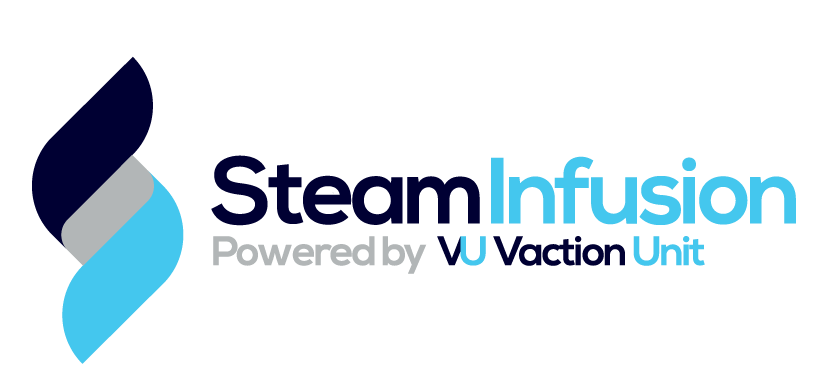The rise of vegan dairy alternatives
Veganism has exploded in popularity in recent years and the trend shows no sign of slowing down. Dairy-free products are leading the way in the plant-based category, with their share growing by 140% in the last six years* in the UK alone. In the US, The Good Food Institute and the Plant Based Foods Association reports that plant-based milks account for 40% of the total plant-based food market; the largest category with a value surpassing $2 billion.
It’s increasingly choice not necessity that is attracting consumers to plant-based dairy. Two in five households in the UK are now regularly purchasing plant-based drinks or alternatives to yogurt, cream, desserts and ice cream as the health and sustainability benefits attract consumers across the board [Nielsen Homescan 52 w/e 25.01.20]. Oat milk is the fastest-growing type of plant-based milk, with dollar sales rising 686% in 2019 in the US, but whether it’s oats or almonds, coconuts or hazelnuts, rice or soy, it seems consumers just can’t get enough.
However, for manufacturers looking to capitalise on this trend, finding the right processing equipment to overcome the challenges of these products while meeting consumers’ high expectations can be difficult. Whether it’s a question of how to meet high volumes while preserving the quality shoppers have come to expect, or just how to stand out on a crowded shelf, it can seem impossible with traditional technologies. So how can this nut be cracked?
Traditional technology vs Steam Infusion
If you’re creating a plant-based drink, yoghurt, or dessert, the application can be challenging for traditional equipment, usually resulting in having to compromise on throughputs to avoid burn-on contamination by cooking products for longer at lower temperatures.
Heat exchangers have historically been the method of choice in dairy production, but the increased starch content that many plant-based alternatives contain can cause problems. The starch is activated during the heating process, causing it to swell and block the pipes, resulting in excessive downtime. Similarly, steam jackets tend to cause the product to burn on to the side of the vessel, affecting product quality and leading to frequent CIP processes. This means that manufacturers looking to increase volume face a dilemma: how do I increase my cooking capacity without negatively affecting the product quality or suffering from downtime?
Manufacturers must turn to alternative technologies, such as Steam Infusion. This innovative heating process uses a unique processing environment to transfer heat more efficiently into the product, allowing you to cook products faster, increasing volumes while maintaining product quality and consistency and almost eliminating downtime. Reaching temperatures of up to 140°C (284°F) without burn-on or blockages, Steam Infusion can be used to process, pasteurise and in some cases sterilise your product, all while delivering the high throughputs you need to meet growing consumer demand.
Eliminate burn-on
Not only can Steam Infusion double your processing capacity, but as the innovative technology eliminates burn-on contamination, you can also reduce the amount of time spent on CIP, while increasing capacity for back to back cooks. Burn-on has always been a significant challenge for manufacturers, particularly with dairy alternatives due to the delicate nature of the products. For example, the proteins present in dairy alternatives can be extremely sensitive, becoming denatured at high temperatures. This can cause them to coagulate and burn on to the vessels or heat exchangers, affecting product quality and increasing cleaning times.
With Steam Infusion, burn-on is eliminated as the low-pressure vapour phase coupled with the short residence times ensure the ingredients are not exposed to excessive temperatures during processing. In addition, as there may be less sugar in the products without the lactose inherent in traditional dairy products, Maillard reactions are prevented, delivering brighter colours and fresher flavours that consumers will love.
Additional advantages
Steam Infusion also achieves a unique shearing of the starch present in these dairy alternatives, creating a creamier texture through a fat mimetic. This may allow you to cut calories and present a more positive front-of-pack label to attract health-conscious consumers. What’s more, the uninhibited bore allows larger particulates to pass through the Vaction Pump undamaged, giving you the option of creating differentiated (thick or chunky) products to stand out on the shelf.
Whether you’re looking to add plant-based products to your portfolio or you’re ready to break into this growing market, we’re here to support you every step of the way, with options to trial the technology at our test centre or on your site to ensure you can achieve the right results for the plant-based market.




